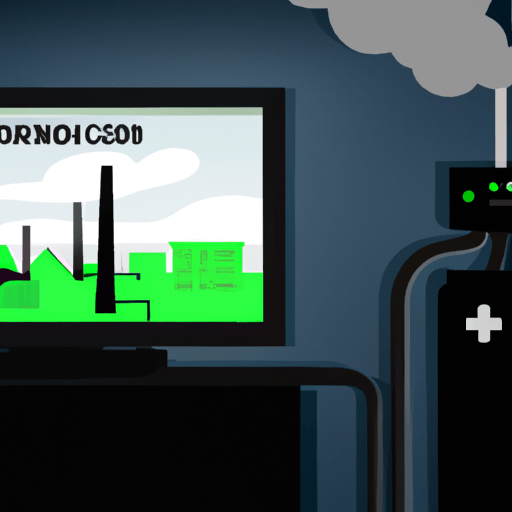Environmental Impacts of the Booming Video Gaming Industry
As one of the fastest-growing industries in the world, video gaming has seen a continuous increase in popularity and usage. However, its environmental impact is often overlooked. The production, distribution, and consumption behaviors related to gaming not only consume considerable energy but also generate electronic waste. This article discusses and analyzes these impacts, explores potential solutions, and presents some laudable green initiatives within the industry.
The Video Game Life Cycle and Environmental Impact
The life cycle of a video game starts from its production and ends when a gamer consumes the game. Each stage contributes to environmental degradation in various ways.
Production and Distribution
Today most video games are produced digitally, requiring vast amounts of energy for developers' computers, data servers, and other electronic devices. Large volumes of carbon emissions are generated in the process of production and testing. In the distribution phase, even if a game is distributed physically, resources are consumed in manufacturing, packaging, and transport. If it is digitally distributed, downloading it requires electricity, contributing to carbon emissions as well.
Consumption
The consumption phase represents where most energy is used: When gamers play video games on consoles, computers, or other devices, such devices consume electricity and thereby generating carbon emissions. Furthermore, occasional upgrades in gaming hardware contributes to electronic waste due to the fast obsolescence of previous versions.
Potential Solutions
Several solutions can help to mitigate these environmental impacts. For instance, adopting green energy in production and distribution phases can significantly reduce carbon emissions. Gamers can also be encouraged to use energy-efficient gaming devices or cloud gaming services which shift the energy consumption from homes to data centers where energy use can be more efficiently managed. Redundant hardware upgrades should be discouraged, and recycling programs for old gaming console and devices can help manage electronic waste.
Green Initiatives in Gaming Industry
Fortunately, some notable green initiatives have emerged within the gaming industry. Companies like Sony and Microsoft are taking steps to reduce the carbon footprint of their consoles. Sony’s PlayStation 5, for example, has an energy-efficient standby mode. Moreover, Microsoft has pledged that its next-generation product, Xbox Series X, will be carbon-neutral. These initiatives signal the industry's promising progress towards sustainability.
Future Outlook
Looking forward, the gaming industry needs to continue pushing for sustainable changes. For instance, incorporating lifecycle assessment in the design phase of gaming hardware and reducing digital waste through improved data storage solutions may be future areas of focus. Moreover, the gaming industry can utilize its massive reach to educate and incentivize gamers to adopt environmentally friendly practices.
In conclusion, while video games provide entertainment for millions worldwide, it's vital for all stakeholders in the gaming industry to understand and counter its environmental implications. Only by doing so can we ensure a sustainable future for both the industry and the planet.



















Comments
Leave a Comment